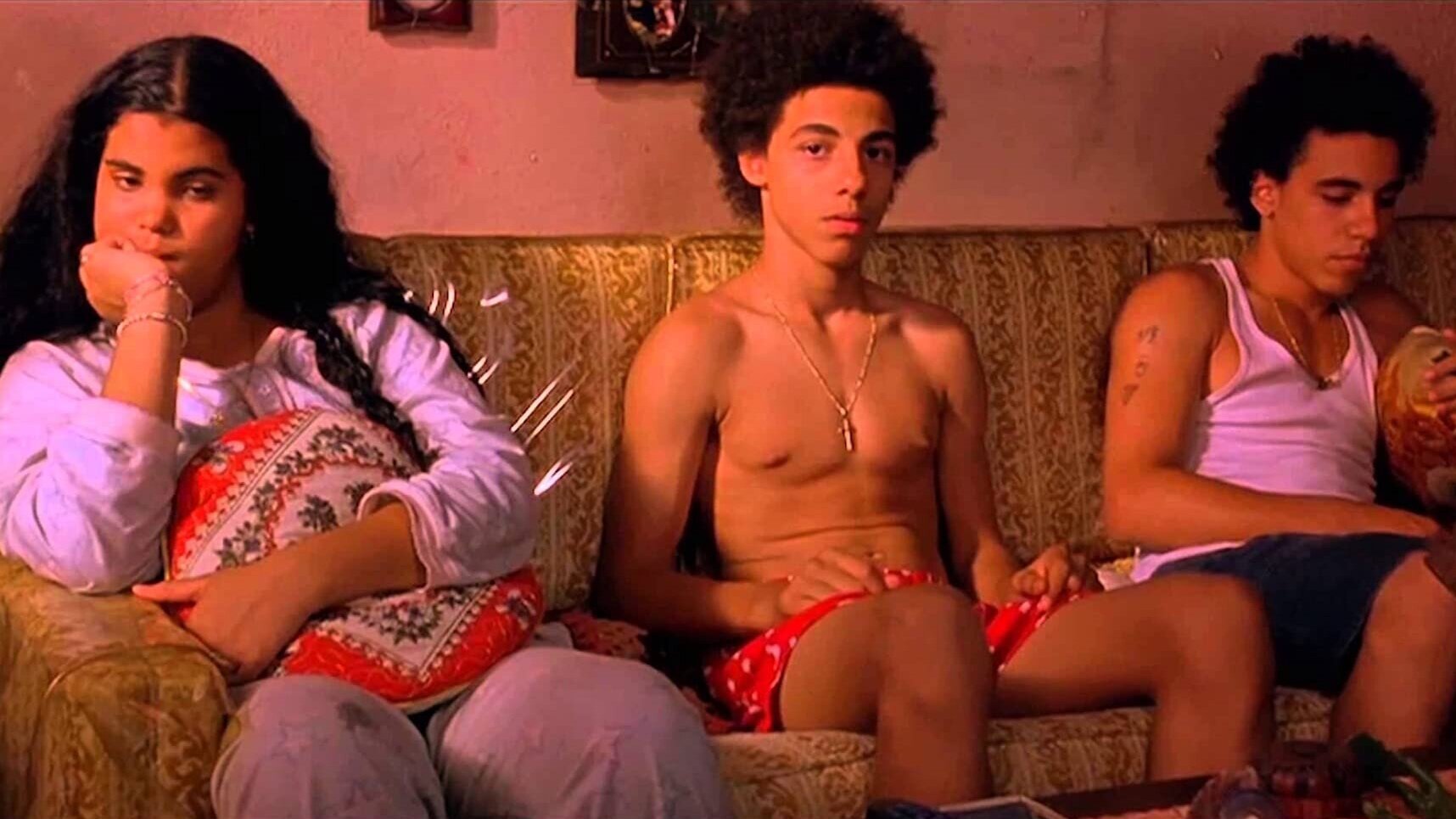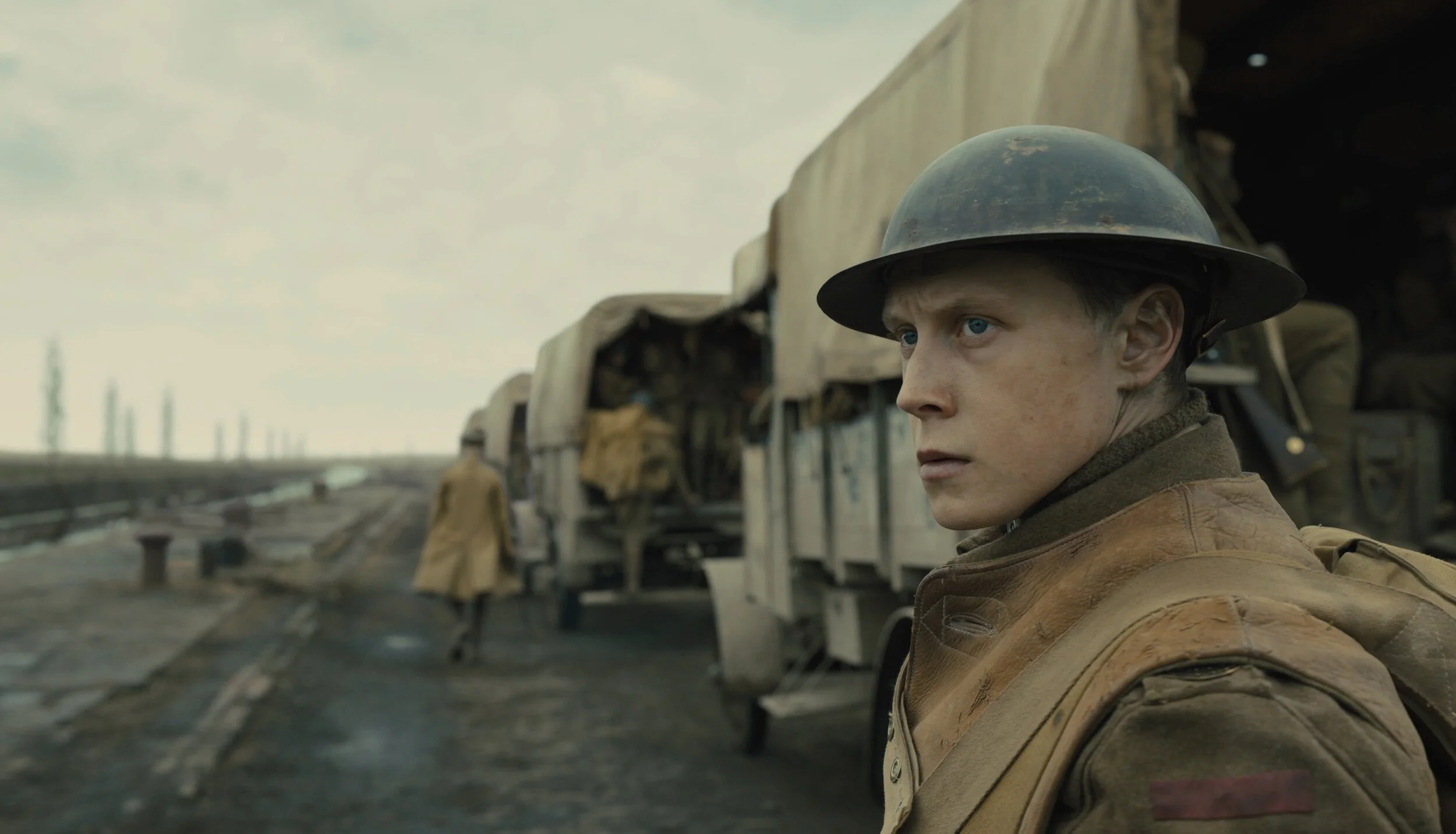For a film that purports to be a shot-for-shot remake of the original, 1998’s Psychodiffers quite a lot from 1960’s. Consequently, the remake suffers from tonal peculiarities that the original did not.
Part of the appeal of the original, and somewhat of an innovation at the time of its release, is its adoption of lighting typically associated with noir and its intentionally low budget aesthetic. By 1960, Hitchcock was a hugely successful director. He easily could have increased the budget and production value of this film and make a spectacle if he had wanted to—he had done it in the past, even as recent has his last film North by Northwest. Instead, Hitchcock opted for a small story, filled with regular people (well, of course besides Norman) in banal Phoenix, Arizona. They inhabit grungy sets, steeped in darkness. Famously, Hitchcock hired a television crew to shoot the film. All together, these choices, a late career decision to adopt a style evoking pre-code vulgarities and evolving it into something I would consider proto-exploitation, gives the original Psycho a morbidity and hopelessness that few American filmmakers could harness at the time. The camera is omniscient and goes where it pleases. The first shot, it flies into Marion’s window, as if it carelessly chose her story to follow. When Marion’s face is pressed against the cold bathroom floor, the frame moves away and out, over to the bedside table where the MacGuffin, an uncaring wad of cash, sits. These camera movements are perfect and concise (TV crews, especially in the days before the golden age of television, were trained to be economical, practical).
Psycho’s coldness is tied to its narrative—Marion Crane, slaughtered in the shower, randomly killed. It could have been avoided; it could have been someone else. She is neither a martyr nor a hero of any sort. She simply dies with no consequence or meaning, and unexpectedly in the middle of the film, no less. Then the film moves on. Psycho is one of the earliest films, at least that I’ve seen, to capture the uncaring world in both its narrative and production while being completely unsentimental. There were films coming out of Europe around the same time covering similar territory (Nights of Cabiria and La dolce vita, L’avventura, Vivre sa vie, Accattone, Pickpocket; if I were smarter, I’d be able to come up with something outside of France and Italy) and in Asia (Harakiri for example), but Hitchcock introduced it to the American mainstream. Since then, especially since post-modernism gained popularity in the ‘90s, it’s become commonplace. The Coens, Tarantino, Leigh, Haneke, Kaufman, Ramsay, von Trier, Fincher, etc, etc.
Near the turn of the century, the peak of cynicism in pop culture, Gus Van Sant decided he wanted to direct what he considered an “experiment,” a remake of 1960’s Psycho. The environment this film was to be released in was completely different than that of the original. The style and tone that Psycho had innovated was everywhere, and yet, it doesn’t seem Van Sant was capable of harnessing it in his version. Many people take issue with the change from black and white to color. I don’t think it is inherently problematic, but it is more difficult to maintain the overwhelming gloom required when you don’t have the benefit of black and white focusing the eye on contrast. Noir films always relied on this attribute of black and white film stock until Gordon Willis proved with The Godfather in 1972 that the same type of chiaroscuro lighting could be convincingly captured on color stock. Hence, it is possible to display color information to the audience while still having them focus on the difference between luminosity values. Van Sant and DP Christopher Doyle (although I’m convinced it’s primarily the director’s fault since Doyle went on to do cinematography for In the Mood for Love which definitely does not have this problem) mostly ignored Willis’ precedent and lit the film flat. The most glaring scene in my opinion is when Arbogast interrogates Norman. In the original, there’s a harsh light keying the subjects that casts hard shadows and bright highlights on their faces. Behind them the set is dark and underexposed, especially to Arbogast’s right—a black void. Then when they go outside, the darkness of the night is all around them, boxing them in. There’s one shot in particular of Arbogast framed in the bottom third with black nothingness above his head. Norman’s dark sweater and Arbogast’s hat are lost in the shadows. Versus in the remake, it’s practically filmed like a sitcom—lots of detail in the shadows, softer key light. Their clothing stands out. It seems like Van Sant tried to add some sort of tension by adding a bit of a blue tint to the key (or possibly shifting the white balance), but that decision doesn’t go nearly far enough to harness the omnipresent darkness of the original.
Tied directly to the haphazard lighting, I sense in the remake an overall flippancy with the material. The production of this film is so overtly ‘90s that it feels careless. There’s no attempt at recapturing the original’s timelessness. The hair, the casting, the attitude, the line “Let me get my Walkman”—so many artifacts of the era that make Van Sant and his team seem like they were just messing around. I guess that’s why he calls it an experiment. It certainly isn’t like other remakes. Before seeing the film, I was under the impression he tried to recreate the film exactly, only in color, but he in fact made many changes. It’s different from other remakes, though, because none of those changes were of consequence, none changed the intent and mechanics of the original, so the changes that were made just seem superfluous and distracting. In other words, attempting to convey the random chaos and unloving nature of the world we live in doesn’t quite mesh with the random appearance of Viggo Mortensen’s bare buttocks.
1960 rewatch rating: 5/5
1998 rating: 1/5






















